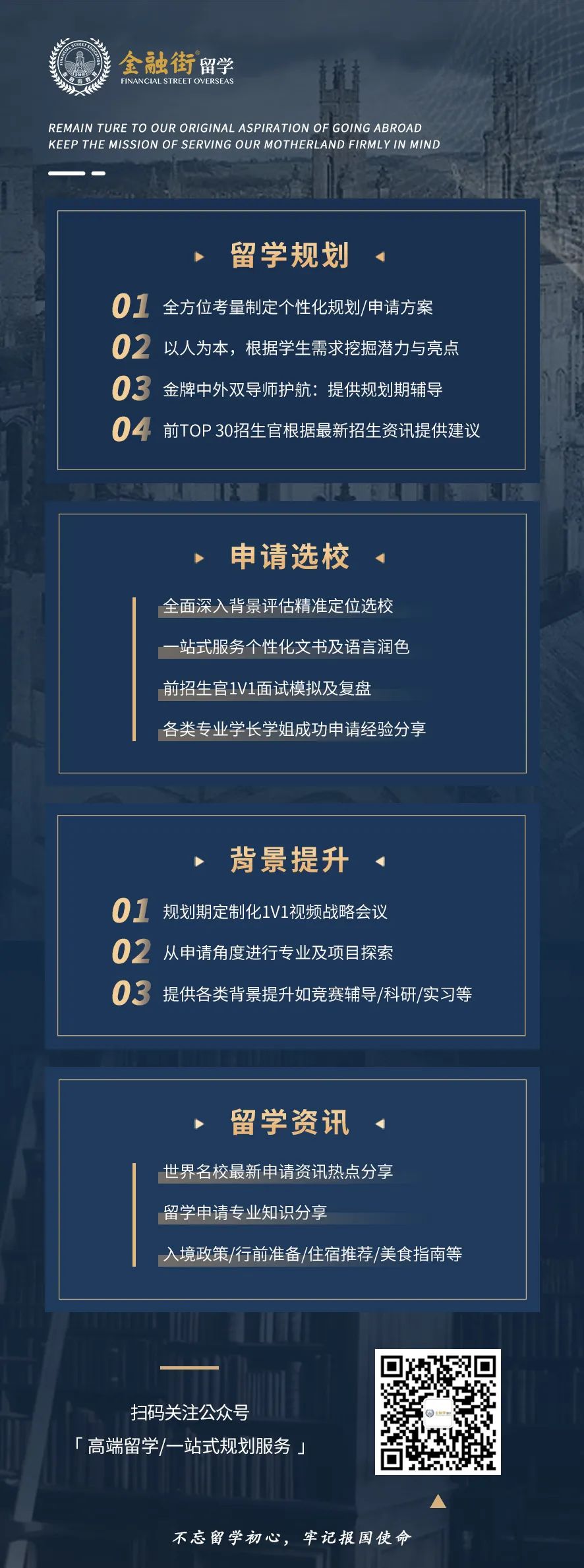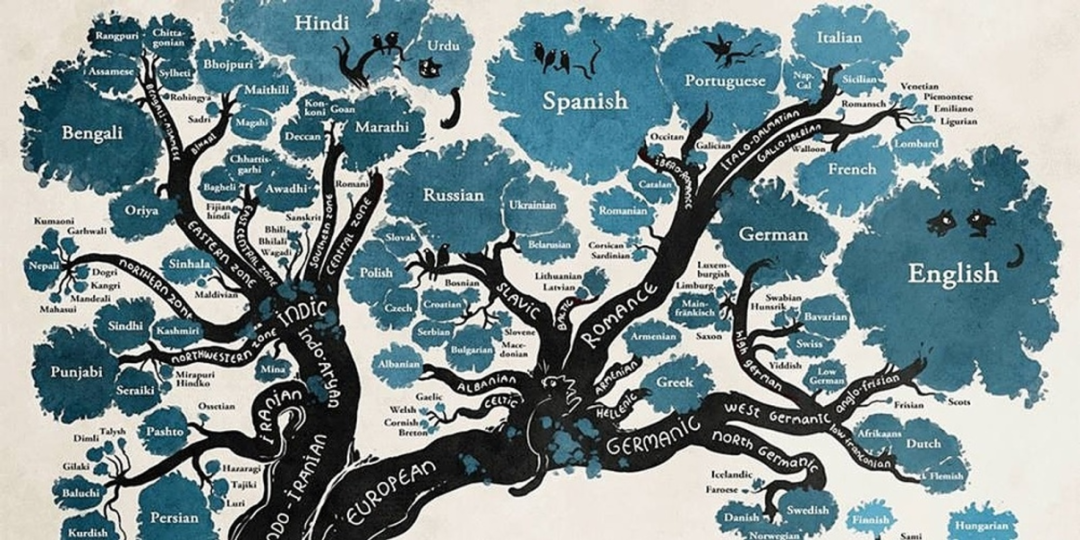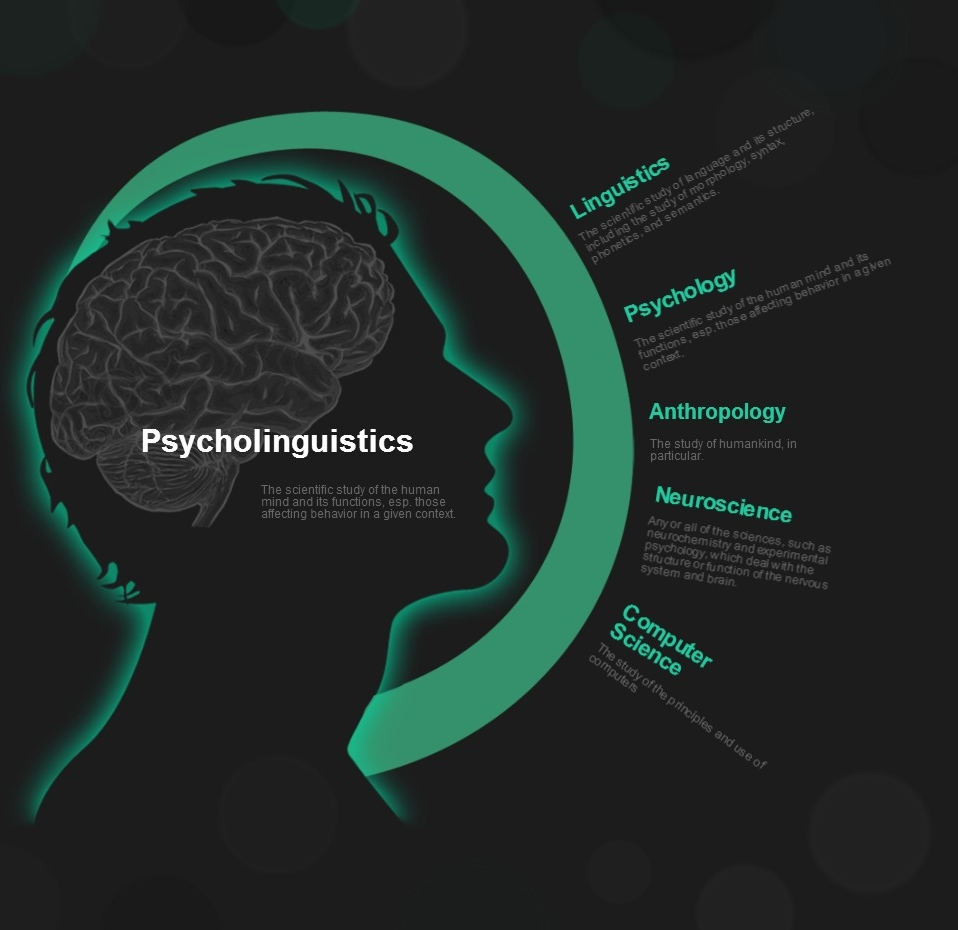Linguistics
Linguistics
Linguistics is a science that studies language, dedicated to exploring the essence, structure, function, evolution of language, and the relationship between language and human thought, society, and culture.
The object of linguistic research is the objectively existing linguistic facts. Whether modern or ancient languages, they are all objectively existing linguistic phenomena. Although the meanings expressed by different discourses are subjective and vary widely, the language information conveyed can be commonly understood by others. In addition, linguistics is also commonly defined as a scientific and systematic theoretical study of language.

01Development History
The history of linguistics dates back to ancient civilizations.
In ancient times, many civilizations made certain observations and reflections on language. For example, ancient Greek philosophers made preliminary discussions on the logic and grammar of language, while Indian scholars conducted in-depth studies on the grammar of Sanskrit.
By the Middle Ages, linguistics mainly focused on the study of grammar and rhetoric, while also beginning to compare the relationships between different languages.
Since modern times, linguistics has undergone significant changes. In the 19th century, historical comparative linguistics emerged, attempting to reveal the evolutionary history and kinship of languages by comparing the vocabulary and grammatical structures of different languages. Representative figures of this period, such as William Jones, laid an important foundation for the development of linguistics.
In the early 20th century, Saussure’s structuralist linguistic theory had a profound impact on linguistics. He proposed important concepts such as language and speech, synchrony and diachrony, signifier and signified, emphasizing that language is a system of signs, and its structure is determined by the relationships among various elements.
Subsequently, linguistics has seen the emergence of multiple schools and branches—generative linguistics attempts to describe the process of language generation using formal methods; functional linguistics focuses on the functions of language in society and communication; cognitive linguistics combines language with human cognitive processes.
Moreover, linguistics also intersects and integrates with other disciplines, such as psychology, sociology, computer science, etc. In modern society, the application fields of linguistics are constantly expanding, including language teaching, translation, natural language processing, artificial intelligence, etc.
In summary, the development history of linguistics is rich and colorful, constantly revealing the mysteries of language from different angles and levels, providing important theories and methods for our understanding of language and human thought.

02Branches of Linguistics
Based on research content, linguistics is usually divided into theoretical linguistics and applied linguistics.
Theoretical linguistics is a pure study that analyzes the essence of language and includes six main branches: phonetics, phonology, morphology, syntax, semantics, and pragmatics.
Applied linguistics tends to study the acquisition process and practical use of language, including first language acquisition, second language acquisition, sociolinguistics, psycholinguistics, etc.
Let’s take a closer look at the research focus of each branch:
● Phonetics
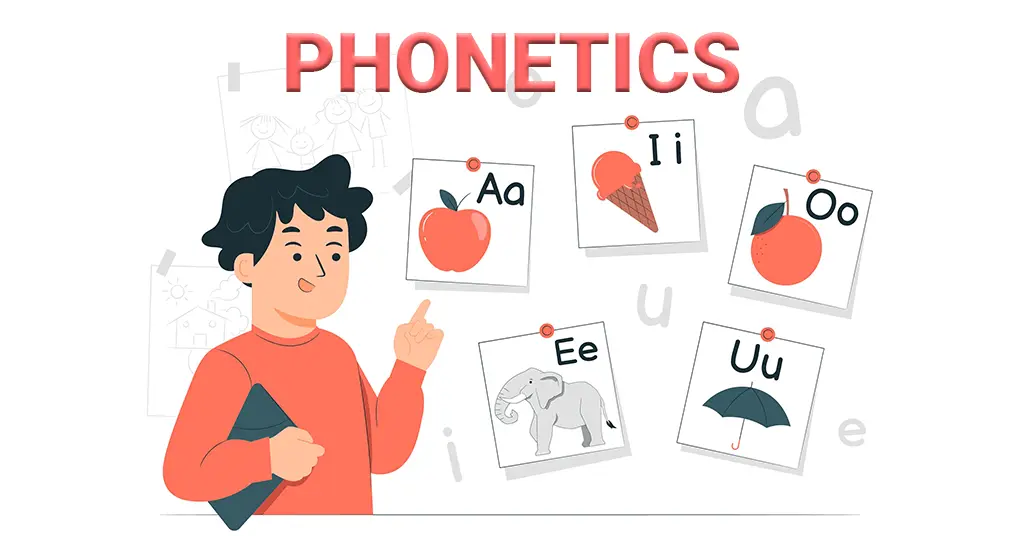
Phonetics studies “speech sounds,” that is, the sounds contained in human language. The sounds contained in human language are limited, and we can consider all the sounds that appear in human language as a set; each language involves a subset of this larger set.
Depending on the research perspective, phonetics is mainly divided into three categories: articulatory phonetics (from the speaker’s perspective), auditory phonetics (from the listener’s perspective), and acoustic phonetics (from the physical perspective).
Examples of focus questions:
1. What are the sounds, from among all those that humans could make, that actually exist in the world’s languages?
2. What specially defines different “accents”?
3. Can speakers be identified by “voiceprints”?
4. What are the properties of sounds that would apply in computerized speech synthesis?
● Phonology

Phonology also studies sounds, but unlike phonetics, it studies the ways and rules of sound combinations; it studies the system of “sounds.”
Examples of focus questions:
1. What sounds contrast in one language but not another?
2. What sounds of a language can or cannot occur one after the other?
3. How do poets or writers or song lyrics intuitively know how to match the rhythm of speech to the abstract rhythmic pattern of a poetic or musical meter?
● Morphology
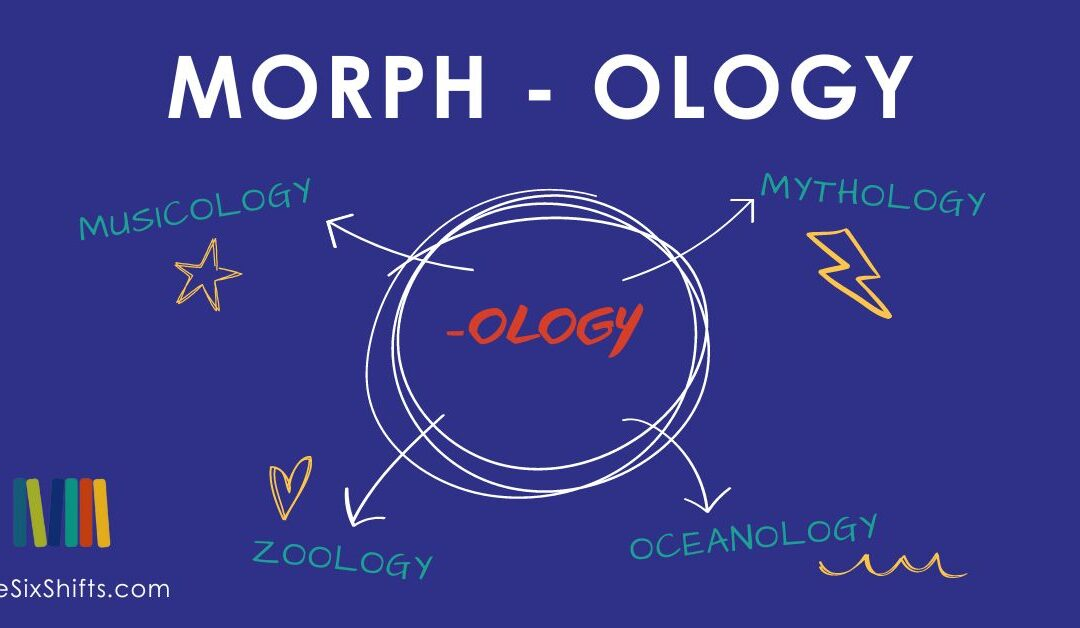
Morphology studies the structure of words, exploring the composition of words.
Examples of focus questions:
1. To what extent are ways of forming words “productive” or not (e.g., why do English speakers say arrival and amusement but not *arrivement and *amusal)?
2. What determines when words change form (for example, why does English have to add –er to adjectives when making comparisons, but Hebrew does not add any equivalent)?
3. How can humans program computers to recognize the “root” of a word separated from its “affixes” (e.g., how could a computer recognize walk, walks, walking, and walked as the “same” word)?
● Syntax

Syntax studies the structure of language units above the word level, such as phrases and sentences.
Examples of focus questions:
1. How can the number of sentences that speakers can create be infinite in number even though the number of words in any language is finite?
2. Why would English speakers judge a sentence like colorless green ideas sleep furiously to be “grammatical” even though it is nonsensical?
3. How can languages express the same thoughts even though they construct their sentences in different ways?
4. How can humans program a computer to analyze the structure of sentences?
● Semantics

Semantics studies the literal meanings expressed by language.
Examples of focus questions:
1. How do speakers know what words mean?
2. What is the basis of metaphors?
3. How many meanings can be found in a sentence like three students read three books and why do just those meanings exist?
● Pragmatics
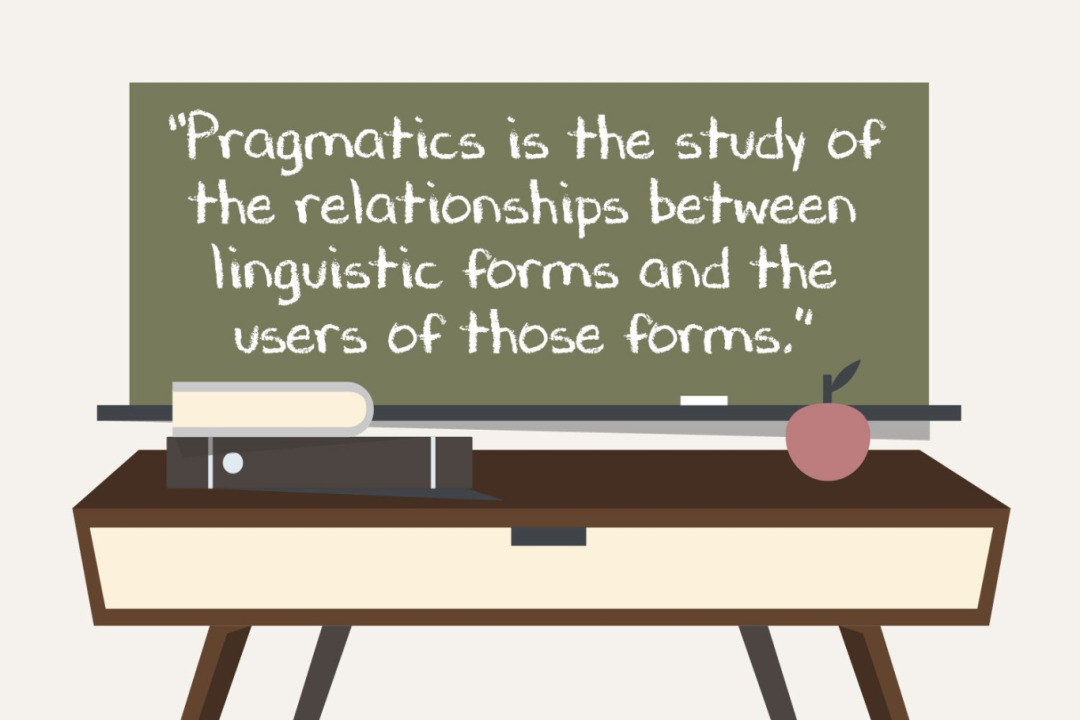
Pragmatics studies the implied meanings of language expressions, focusing on context.
The difference between semantics and pragmatics:
Distinction: context, culture, society…
1. Semantics: literal meaning, without considering context
2. Pragmatics: the intended meaning of a speaker, considering context
Pragmatics is more like human studies, considering factors like people, time, and space. When placed in context, ambiguities considered in semantics basically disappear.
Today is Sunday.
Semantics: Today is the first day of the week.
When parents say this to children, or wives to husbands, it will generate different implied meanings.
● Historical Linguistics
Studies how language changes over time.
Examples of focus questions:
1. Why is modern English different from Old English and Middle English?
2. What does it mean to say that English and German are “more closely related” to each other than English and French?
● Sociolinguistics
Studies how language is used in society.
Examples of focus questions:
1. What makes some dialects more “prestigious” than others?
2. Where does slang come from and why does it arise?
3. What happens when two languages come together in “bilingual” communities?
● Psycholinguistics
Studies how the brain processes language.
Examples of focus questions:
1. How can we hear a string of language noises and make sense of them?
2. How can children learn to speak and understand the language of their environment as quickly and effortlessly as they do?
3. How do people with pathological language problems differ from people who have “normal” language?
The branches of linguistics are numerous, and the content involved is very rich. Humanity cannot live without language; language is closely related to every aspect of our lives. Language is not only about our communication and learning but also relates to our thoughts and our understanding of the world. Therefore, linguistic research not only studies language itself but also explores society, the world, and even the essence of humanity.
03Research Methods
The research methods in linguistics are diverse, and here are some common methods:
-
Empirical Research Method:Collects language data through observation, experiments, and surveys, providing objective descriptions and analyses of linguistic phenomena.
-
Descriptive Method:Provides detailed descriptions of the structure, form, and usage of language to reveal its characteristics and rules.
-
Comparative Method:Compares different languages or variations of the same language to identify their similarities and differences, thus exploring the universality and specificity of language.
-
Historical Research Method:Studies the historical evolution of language, tracing its origins and development to understand the rules of language change.
-
Synchronic Research Method:Focuses on the state and characteristics of language at a specific period, without considering historical evolution factors.
-
Diachronic Research Method:Examines changes and developments in language across different historical periods, revealing trends in language evolution.
-
Transformational-Generative Method:Aims to reveal the generative mechanisms of language by constructing formal rules and models to explain language production and understanding.
-
Functional Analysis Method:Focuses on the functions and roles of language in communication, studying how language achieves various communicative purposes.
-
Cognitive Research Method:Combines language with human cognitive processes, exploring the relationship between language and cognition, perception, memory, and other cognitive abilities.
-
Corpus Research Method:Utilizes large-scale corpus data to conduct statistical analyses of language, discovering patterns and rules of language use.
-
Field Investigation Method:Conducts field observations and recordings of linguistic phenomena in specific language communities.
-
Interdisciplinary Research Method:Combines linguistics with theories and methods from other disciplines, such as psychology, sociology, and computer science, to study language issues.
These research methods complement each other, jointly promoting the development of linguistics and helping us gain a deeper understanding of the essence and rules of language.

04Development Prospects
The development prospects of linguistics are very broad, with the following potential aspects:
-
Artificial Intelligence and Natural Language Processing:With the development of artificial intelligence, natural language processing has become an important research field. Knowledge of linguistics is crucial for developing intelligent language interaction systems, machine translation, speech recognition, and synthesis technologies.
-
Language Education:The research results of linguistics can be applied to language teaching, helping to improve the efficiency and quality of language instruction. For example, theories of language acquisition can guide improvements in teaching methods, and language testing and assessment can more accurately measure students’ language abilities.
-
Cross-Cultural Communication:In the context of globalization, cross-cultural communication is increasingly frequent. Linguistics can help people better understand the differences between different languages and cultures, promoting effective cross-cultural communication and cooperation.
-
Cognitive Science:Language is closely related to cognition, and the research of linguistics helps to gain insights into human thinking patterns, cognitive processes, and the role of language in cognition.
-
Corpus Linguistics:With the development of big data, corpus linguistics will play a larger role. Through the analysis of large-scale corpora, language usage patterns, trends in language change, etc., can be discovered.
-
Neurolinguistics:Studies the relationship between language and the brain, which is important for understanding the causes and treatment of language disorders and for developing language rehabilitation technologies.
-
Sociolinguistics:Focuses on the use and change of language in society, positively influencing the resolution of social issues, promoting social equity, and protecting language diversity.
-
Language Policy and Planning:Governments and related institutions need linguistic expertise to formulate reasonable language policies, promoting the development and normative use of languages.
In summary, linguistics has important application value in various fields such as technology, education, culture, and society, and its future development prospects are very optimistic.

05Employment Directions
The employment directions for linguistics majors are quite broad, here are some common employment fields:
-
Education Sector:Can engage in language teaching, such as teaching English, foreign languages, or linguistics courses. Can also work in educational institutions in curriculum design, textbook development, language testing, and assessment.
-
Translation and Interpretation:With a deep understanding of language structure and semantics, can engage in various types of translation work, including interpretation and written translation.
-
Natural Language Processing:Can work in tech companies, research institutions, etc., engaged in natural language processing-related work, such as speech recognition, machine translation, text classification, information retrieval, etc.
-
Language Research:Can work in universities, research institutions, or think tanks, engaging in linguistic research, exploring the essence, evolution, and usage rules of language.
-
Editing and Publishing:Can work in publishing houses, magazines, etc., ensuring the linguistic accuracy and fluency of texts.
-
Cross-Cultural Communication:Due to a deep understanding of different languages and cultures, can work in international organizations, enterprises, or government departments engaged in cross-cultural communication and international relations.
-
Language Rehabilitation:Helps individuals with language disorders in rehabilitation therapy, such as speech therapists.
-
Artificial Intelligence and Machine Learning:Participates in the development of artificial intelligence systems, using linguistic knowledge to improve language-related algorithms and models.
-
Marketing and Advertising:Assists enterprises in market research, brand naming, and advertising copywriting, ensuring the effectiveness and appeal of language.
-
Civil Servants:Works in government departments engaged in language policy, language planning, cultural exchange, and related work.
In summary, graduates of linguistics majors possess strong language analysis and communication skills, enabling them to leverage their professional advantages across multiple fields. Of course, specific employment directions also need to consider personal interests, skills, and market demand.
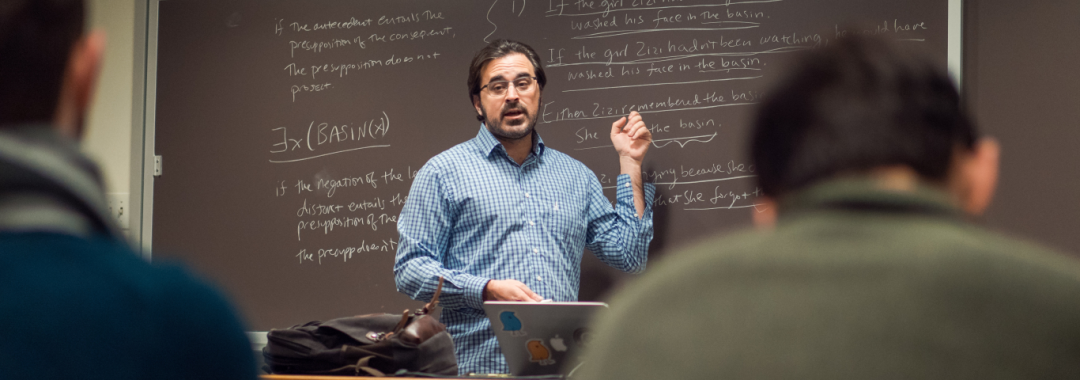
062024 QS Rankings for Linguistics



01Massachusetts Institute of Technology
The linguistics program at the Massachusetts Institute of Technology (MIT) is very well-known. Their linguistic research covers a wide range of fields, including phonetics, grammar, semantics, and pragmatics. One of the characteristics of the MIT linguistics program is the emphasis on research methods that combine theory and experimentation, especially in the fields of language acquisition and language processing.
Students have the opportunity to participate in various experiments and projects, utilizing advanced technical facilities for research, such as speech laboratories and computational linguistics laboratories. Additionally, MIT’s linguistic research often integrates with research in computer science and cognitive science, exploring the interaction between language, technology, and cognition.
02University of Cambridge
The linguistic research at the University of Cambridge began in the 19th century and has now developed into a comprehensive discipline that includes multiple branches and fields. The Department of Theoretical and Applied Linguistics at this university has several internationally renowned professors and researchers who have made in-depth contributions in various fields.
Cambridge University provides linguistics students with abundant teaching and research resources, including advanced speech laboratories, language acquisition laboratories, and world-class library resources. Students have the opportunity to participate in various research projects and international collaborations, thus gaining valuable academic experience and practical skills.
03Lancaster University
The linguistic research conducted at Lancaster University is very diverse. From researching bilingual thinking to analyzing language, Lancaster University will help expand professional knowledge. At the same time, students will hone their research skills and gain confidence in handling large amounts of data.
Lancaster University has research groups in corpus studies, discourse studies, language testing, etc., providing many opportunities to enhance students’ knowledge in these theoretical and applied fields. As part of the Lancaster University community, students will also establish friendly networks with those who share similar academic interests.
That’s all. What other information would you like to know about linguistics? Feel free to leave a message or send a private message~Finally, if you want to inquire about studying abroad in linguistics, you can scan the code to addFinancial Street Study Abroad Assistant, to make an appointment forfree 1-on-1 professional consultation! Experienced application consultants will help you achieve your dream school and dream major!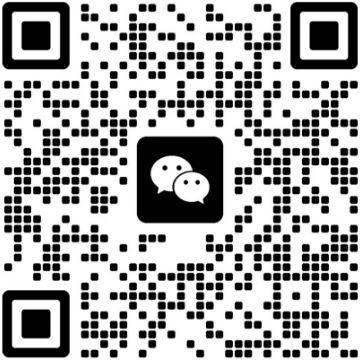
Please reply[Name + Phone]
Add Financial Street Study Abroad Assistant for immediate consultation
Ref:
https://mp.weixin.qq.com/s/gXBXcCX5R2iEibG19jPY6A

< PAST · Previous Issues >


